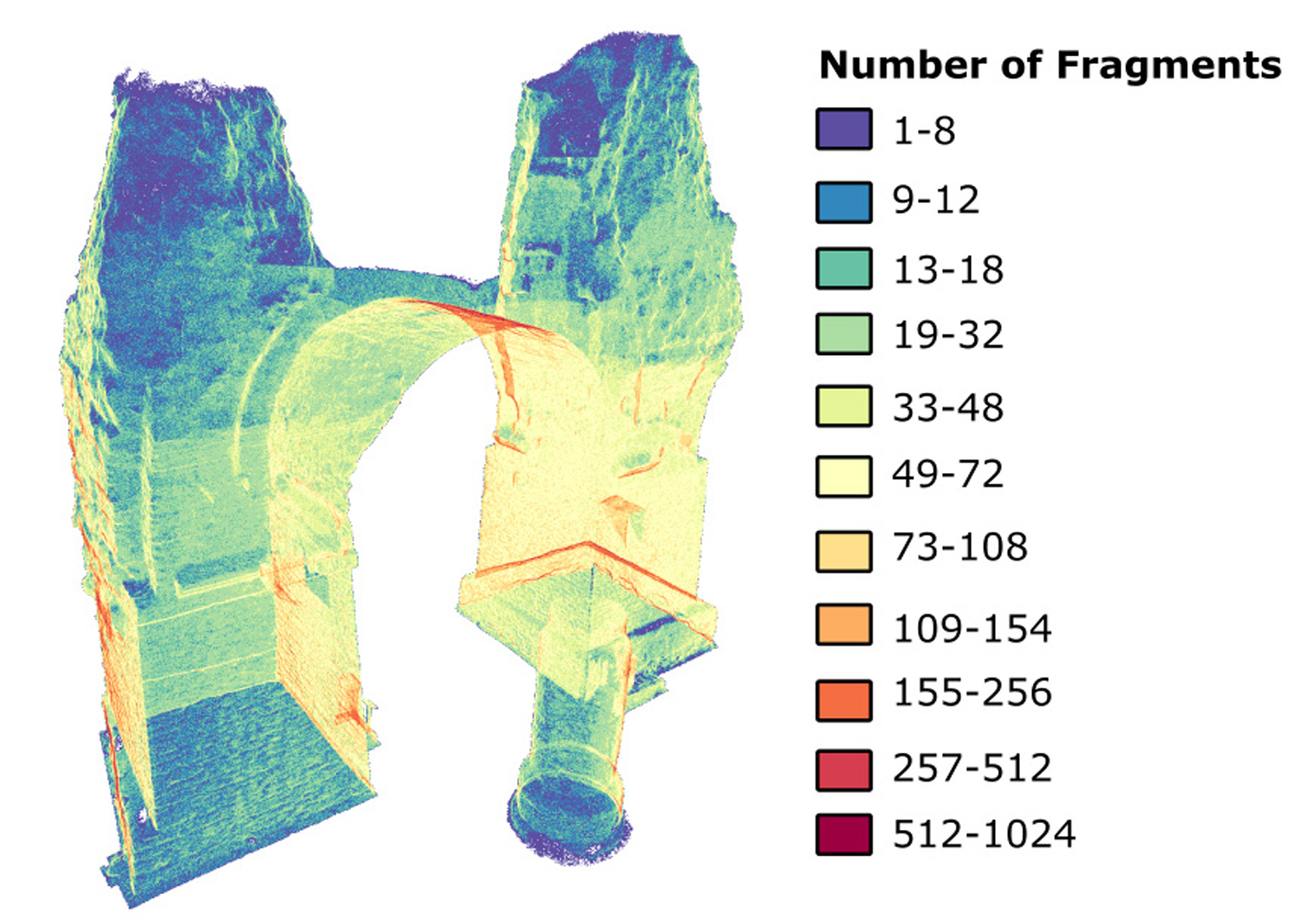“Progressive Real-Time Rendering of Unprocessed Point Clouds” by Schuetz and Wimmer
Conference:
Type(s):
Entry Number: 41
Title:
- Progressive Real-Time Rendering of Unprocessed Point Clouds
Presenter(s)/Author(s):
Abstract:
Rendering tens of millions of points in real time usually requires either high-end graphics cards, or the use of spatial acceleration structures. We introduce a method to progressively display as many points as the GPU memory can hold in real time by reprojecting what was visible and randomly adding additional points to uniformly converge towards the full result within a few frames. Our method heavily limits the number of points that have to be rendered each frame and it converges quickly and in a visually pleasing way, which makes it suitable even for notebooks with low-end GPUs. The data structure consists of a randomly shuffled array of points that is incrementally generated on-the-fly while points are being loaded. Due to this, it can be used to directly view point clouds in common sequential formats such as LAS or LAZ while they are being loaded and without the need to generate spatial acceleration structures in advance, as long as the data fits into GPU memory.
References:
- Jörg Futterlieb, Christian Teutsch, and Dirk Berndt. 2016. Smooth visualization of large point clouds. IADIS International Journal on Computer Science and Information Systems 11, 2 (2016), 146–158. http://publica.fraunhofer.de/dokumente/N-453338. html
- Kevin Ponto, Ross Tredinnick, and Gail Casper. 2017. Simulating the experience of home environments. In 2017 International Conference on Virtual Rehabilitation (ICVR). 1–9. https://doi.org/10.1109/ICVR.2017.8007521
Keyword(s):
Acknowledgements:
The authors would like to thank the Ludwig Boltzmann Institute for Archaeological Prospection and Virtual Archaeology for providing the Heidentor data set, RIEGL Laser Measurement Systems for providing the data set of the town of Retz, and the Institute of History of Art, Building Archaeology and Restoration at TU Wien for providing the Candi Sari data set.






